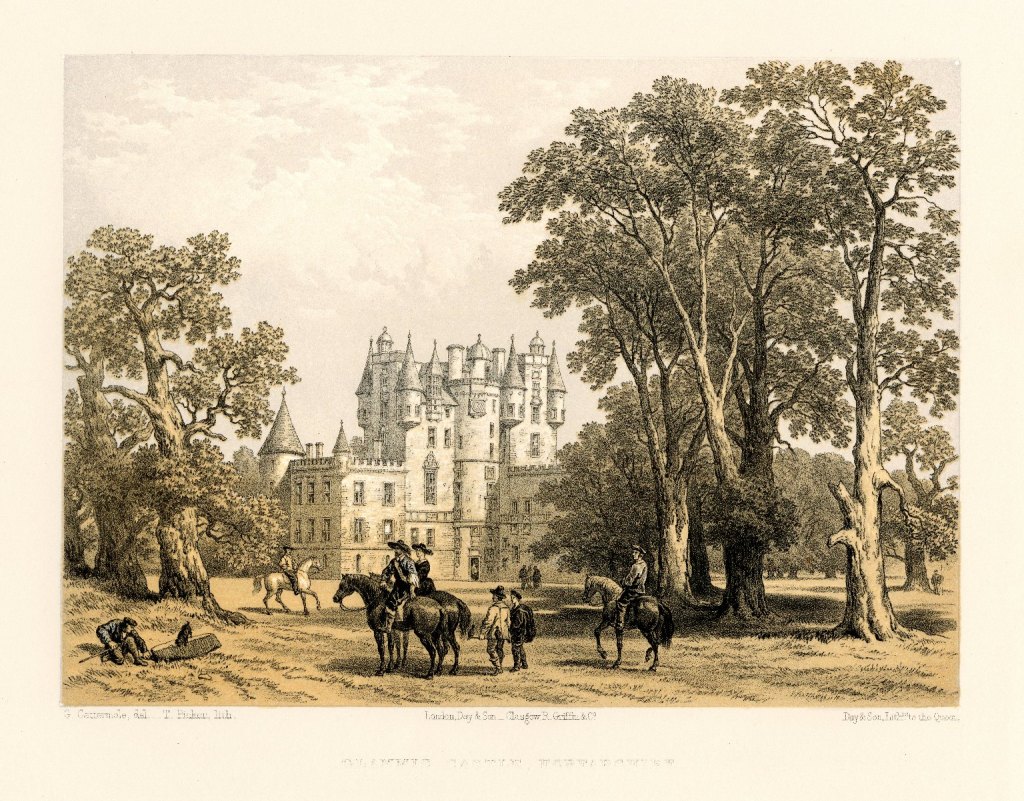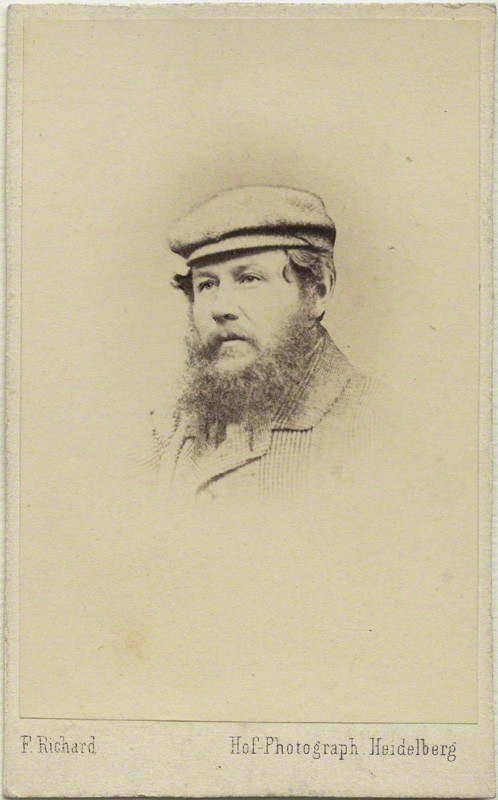Best known as the seat of the titular character in the Shakespeare play Macbeth, Glamis Castle has belonged to the Lyon family since the 14th century. The castle has a rich history: Shakespeare drew inspiration for the events of ‘the Scottish Play’ from the historical murder of King Malcolm II, who was killed while visiting his hunting lodge at Glamis in 1034. By 1372 the castle proper had been constructed, and has remained in the possession of the Lyon clan ever since. The current head of the family, Simon Patrick Bowes-Lyon, still resides at Glamis as the 19th Earl of Strathmore and Kinghorne.
Numerous legends and tales of hauntings surround the castle, including the visit of the devil himself in 1486 to claim the soul of Alexander Lyon. Lyon had foolishly claimed that he would play cards with the devil himself after being told by family members and servants that he could not play on the sabbath.

By far the most famous tale, however, is that of the Monster of Glamis. The generally accepted version of this story is that the ‘monster’ was a badly deformed member of the Lyon family, hidden away in a secret room in the castle which was bricked up after his death.
Most researchers accept that the person that would become known as the ‘Monster of Glamis’ was Thomas Lyon-Bowes, the oldest child of Thomas, Lord Glamis. Born in October 1821, he is recorded in the Peerage of Scotland to have died the same day. However, rumours that the child had survived grew rapidly in the surrounding villages after the midwife that had attended the birth stated that the child had been born healthy, but deformed. Despite being baptised before his apparent death, Thomas has no gravestone, a fact seized upon as further evidence that the child had survived. However, due to high levels of infant mortality during the period, it was not unusual for an infant to not be given a headstone.

Somewhat confusingly, the infant’s younger sibling, born a year later, was also named Thomas. The younger brother succeeding his grandfather (another Thomas) as the 12th Earl of Strathmore and Kinghorn, his father (the aforementioned Thomas, Lord Glamis) having died young at the age of just 32.
Appearing to catch the imagination of Victorian storytellers, numerous other accounts of either the monster or a secret chamber within Glamis castle emerged over the years. One workman claimed to have encountered a misshapen young man while working at the castle, later saying he was offered money by the Earl to emigrate to Australia to keep the secret. Another story was that of an estate manager who resigned and refused to ever set foot within the castle again after being told of the secret chamber and its purpose.

In the 1908 version of the scholarly journal Notes and Queries from Oxford University Press, one academic described the legend as:
‘So well established and interesting that is it almost impious to attempt to explain it away. The story was, and is, that in the Castle of Glamis, the celebrated old castle of the Earls of Strathmore, is a secret chamber. In this chamber is confined a monster, who is the rightful heir to the title and the property, but who is so unpresentable that it is necessary to keep him out of sight or possession’.
Supposedly one group of guests, unattended for a period by castle staff, attempted to find the hidden chamber by entering every room in the castle and hanging towels from the opened windows. When inspecting the building from the outside, they found that one window remained unopened and unmarked. However, they were unable to find any entry to a corresponding room inside.
An alternative theory, put forward by historian Mike Dash, is that the hidden chamber contains not a living heir but the corpses of rivals secretly murdered by the Lyon family. He alleged that the skeletal remains of the Ogilvy clan, one-time rivals of the Lyons, remained in the chamber after they were lured there on the pretense of being hosted as honoured guests. Once inside, the entry was bricked up, leaving them to starve.

The story has remained popular over the years, with the Lyon-Bowes family repeatedly making statements that rumour of either a surviving heir or a secret chamber were complete fabrications. Of the three men at any time that were said to know the secret (the earl, his heir and the estate manager), only one has ever said something that would suggest the story may have some truth to it. Claude Bowes-Lyon, the 13th Earl and great-grandfather of Queen Elizabeth II, is said to have told his wife “if you could even guess the nature of this castle’s secrets, you would get down on your knees and thank God it wasn’t yours”.
Feature Image: Glamis Castle. Image: Wikicommons
Dark Tales has been named in the top 25 Macabre Blogs to Follow in 2019 by Feedspot. You can see which other blogs made the list here.

Stephen Tenant recounted seeing a large tray of food being hurried up into the supposed unused part of the castle in about 1915 to feed the ‘half-man, half baboon’ born into the Lyons family kept safely locked away.
Now we know that during WW2 several young retarded royal cousin children were locked in institutions to avoid any embarrassment to the Queen Mother the likelihood that Tennant was correct in his recollection of the food tray.
As the royals are extremely inbred they are very susceptible to producing retards of some degree – right up the extreme of baboonlike brutishness.
LikeLike